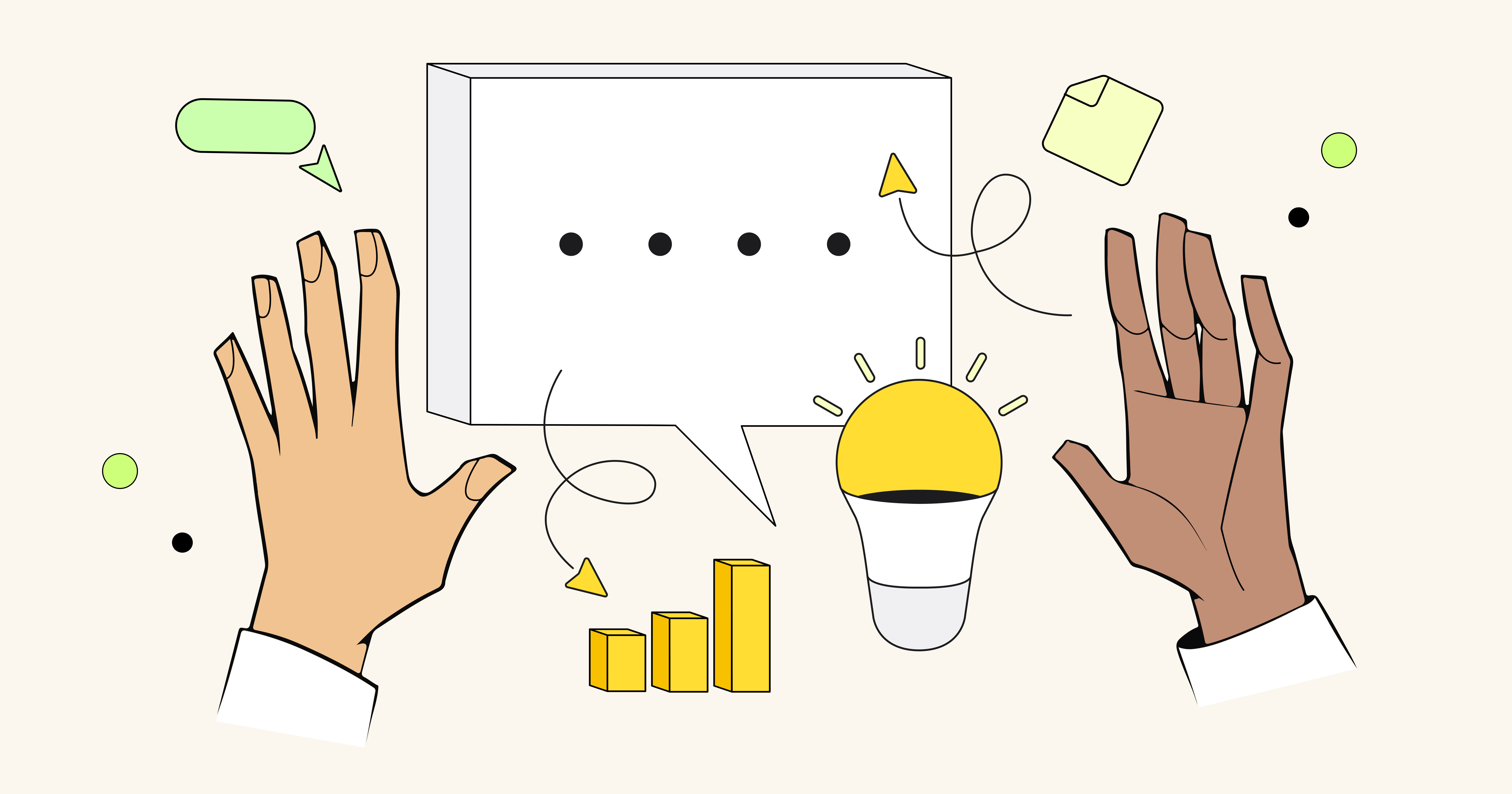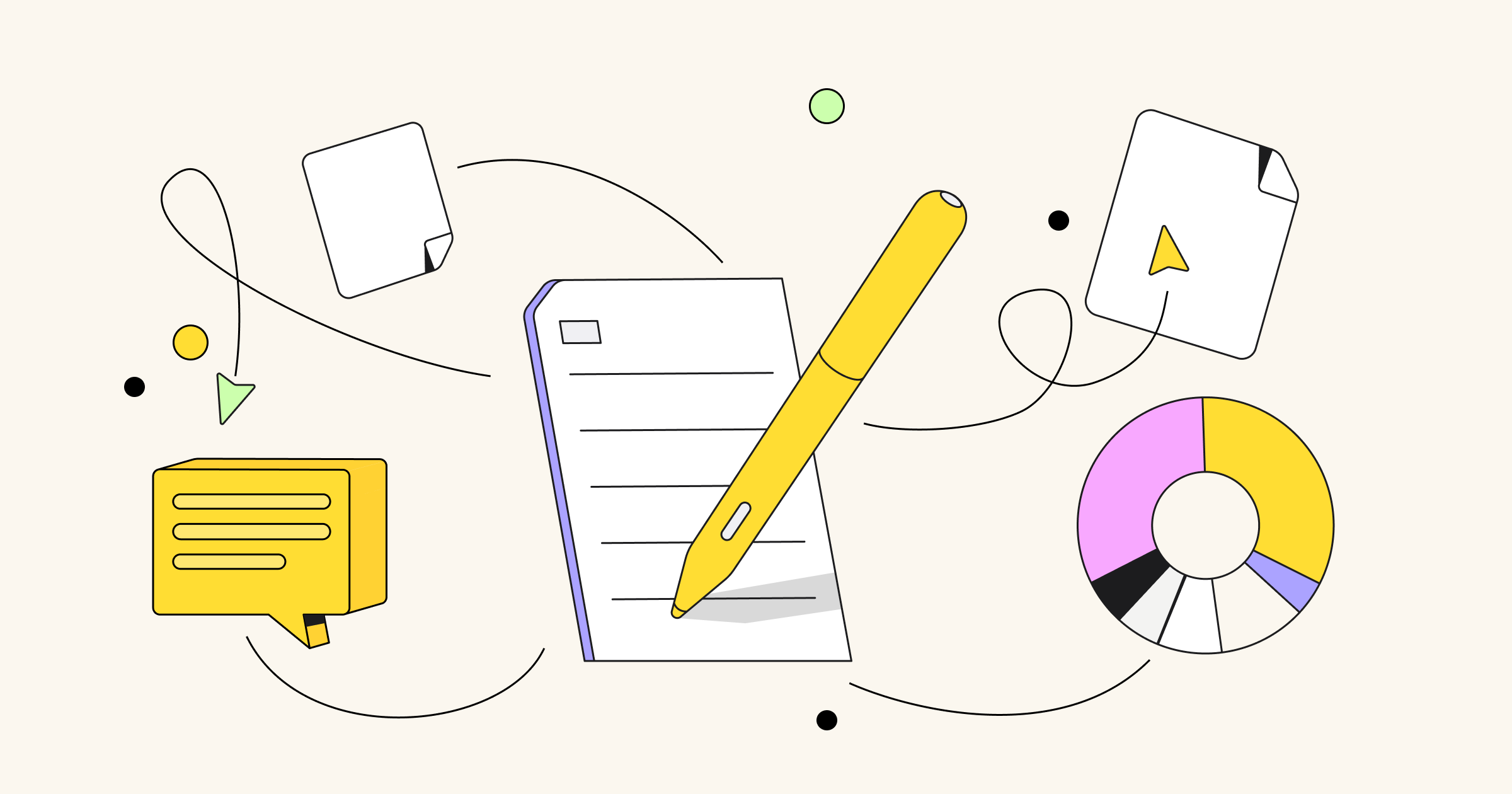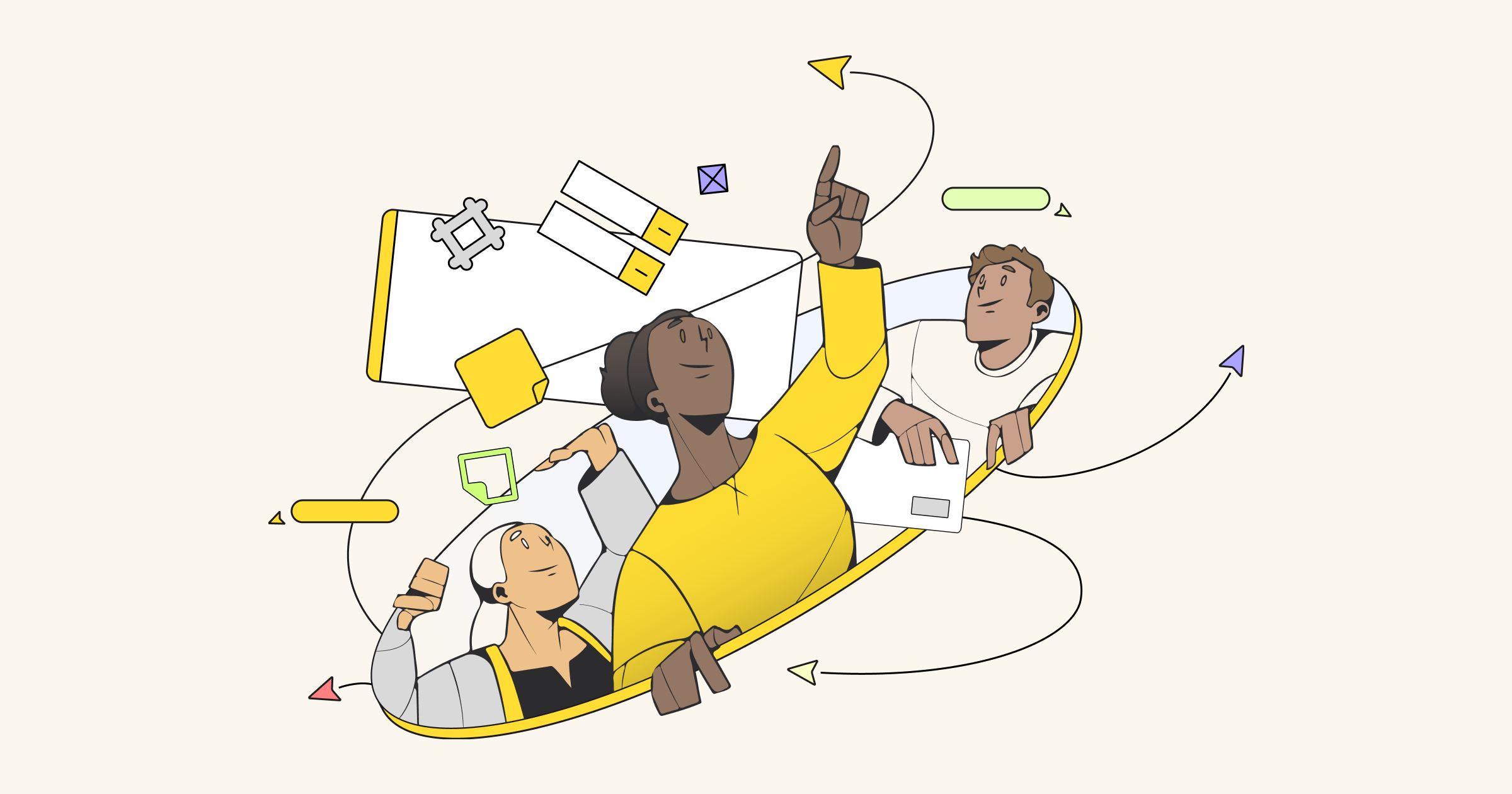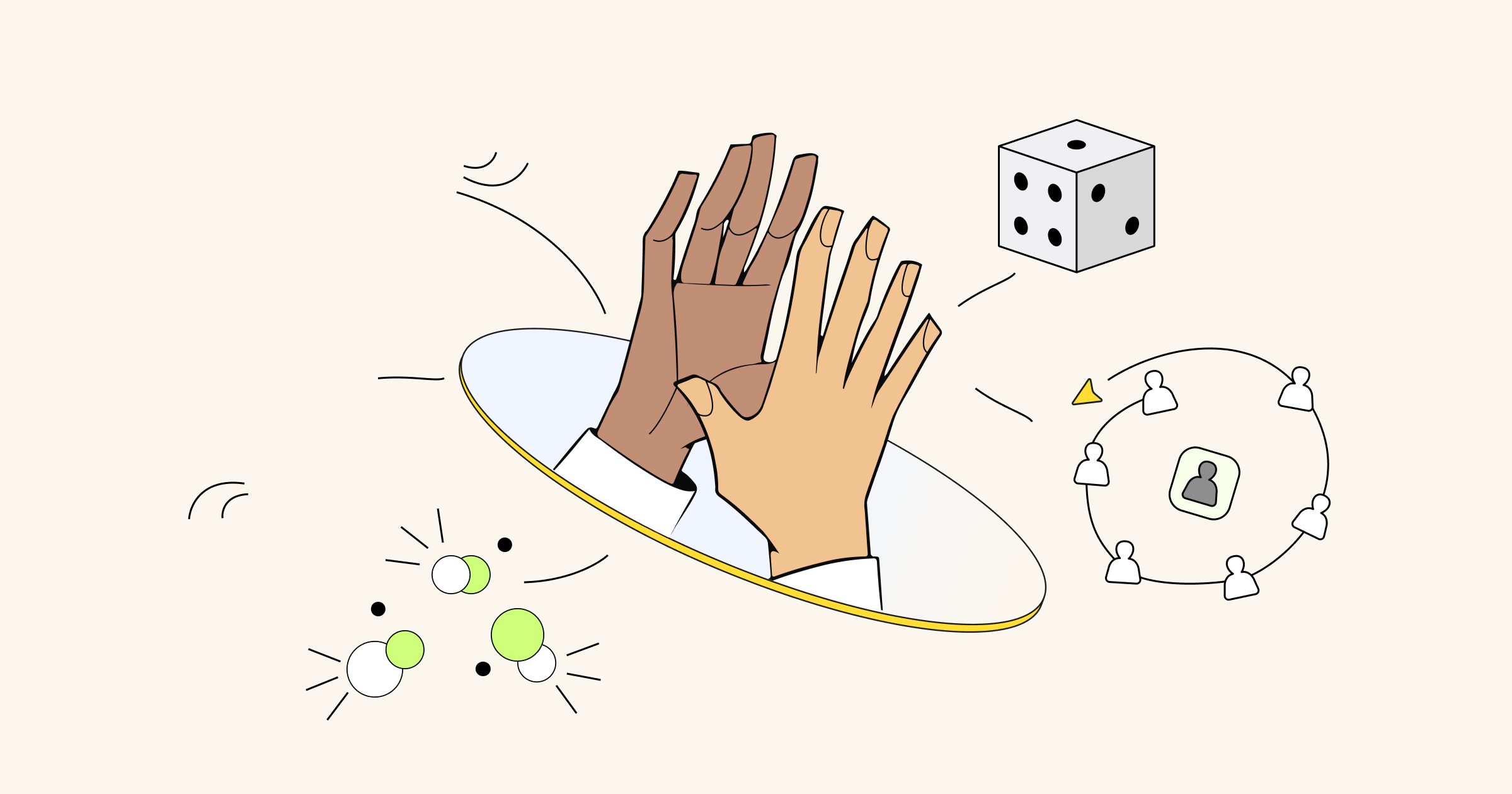Rapid advancements in generative AI along with attention-grabbing headlines about AI tools replacing jobs have many people thinking: In a world where technology can do so much, what do humans bring to the table?
For me, the answer is creativity. While generative AI can augment human creativity, it cannot replace it. Yet many of us don’t carve out the time or space to tap into this unique ability — and that’s where we can learn a lot from kids.
Creativity is about making new connections
Creativity isn’t necessarily about inventing something novel from scratch. Often, it’s about connecting seemingly unrelated things to form something completely new.
For instance, think about an elephant and a staircase. What do they have in common? I hadn’t thought of these things together until I saw this wonderful drawing of an elephant with a staircase head by my daughter, Isha.

When we see something creative like this, it’s often delightful and surprising because it combines familiar things in new ways. And creative, combinatory thinking is what leads to innovation, in which new ideas solve a tangible problem.
For example, storage trunks have been around for thousands of years, and the wheel for millennia — but it wasn’t until 1970 that these two concepts were combined with the invention of the roller suitcase.

Another unexpected mashup is road medians and zippers. They were reimagined to create a barrier transfer machine, which essentially works like a giant zipper, moving concrete lane dividers to open up lanes and relieve rush hour traffic.

Inspiration that comes from unexpected sources like this can lead to groundbreaking innovations — and we’re more likely to make these connections when we’re in a childlike state of creativity.
Exploration leads to creativity and resilience
The “explore vs. exploit” framework can help us understand why children seem to be endlessly creative. It posits that any system is either in an explore state or exploit state. In an explore state, you observe the world, gather data, and gain knowledge. In an exploit state, you leverage the knowledge gained in the explore state to make decisions and be productive.
Research on brain development shows that children tend to be in an explore state and adults tend to be in an exploit state. For instance, if you give a child a coffee cup, they’re going to think about all the different ways the object can be used. They might put their hand in it, turn it over, try to use it as a table, or put it on their head. If you give an adult a coffee cup, they’ll likely just pour coffee in it.
But the more time a system (or person) spends in an explore state, the more resilient and creative it becomes. It learns more about the world, and therefore has the tools and frame of reference to deal with unexpected input and make connections between things that aren’t in its direct focus. A cup isn’t just a cup — and that’s when the creative magic happens.
For innovative ideas, tap into your inner kid
We can learn so much from children about the power of play and exploration. Here are a few ways to get into an explore state, whether you’re on your own or with your team.
Practice mindfulness. Simply slowing down and paying attention to the world around you can help you tap into your innate creativity. A successful designer I know regularly takes his team outside to observe and sketch what’s going on around them. Spending time in observation leads to interesting insights about how something is designed and how people use it. Ultimately, mindfulness exercises like this help you get back to first principles — how things work at the most basic level without preconceived notions — in order to come up with something new.
Build a diverse team. When you’re trying to solve a problem, bring together a team with different work and life experiences. For example, when 3M was developing a new sterile cloth for surgeries, they brought together a diverse team to brainstorm solutions that included not just material science experts and product designers, but also makeup artists (who work with products that go on the skin) and set designers (who work with all kinds of different materials in creative ways). This allowed them to explore a broader set of ideas and develop a truly innovative product.
Find the right space. In order to get into an explore state, you need to create an optimal environment for creative flow. Block your calendar, turn off notifications, and find a quiet space to limit interruptions. Think about the physical layout as well. For in-person teams, a tight conference room where the table takes up most of the space might not be the best place for exploratory thinking. Instead, allow people to move around or jot down ideas on a white board. In a remote or hybrid work setting, use virtual visual workspaces that foster collaborative, innovative brainstorming.
Embrace design sprints. Rather than kicking off a brainstorm session without guardrails, leverage design sprints, which can allow teams to explore new ideas together and quickly get to prototyping and testing. An important step in the design sprint is spending time looking for analogous ideas.
At Miro, we used this process to develop key features of TalkTrack. One of the fundamental questions discussed during our design sprint was how to embed audio/visual elements in an interactive Miro board. During an analogous review, participants shared inspiring solutions from other industries. Ultimately, the TalkTrack feature that allows you to watch an embedded video while interacting with a Miro board was inspired by Mario Kart’s ghost mode, where players can race against their own record, with past races directly superimposed on the track rather than in a traditional split-screen layout.
Embrace a childlike state of creativity
To tap into your innate creativity and spend more time exploring. By practicing mindfulness, assembling diverse teams, and creating the right space and structure for exploring new ideas, you’ll be able to enter a childlike state of creativity that leads to truly innovative ideas and solutions.




